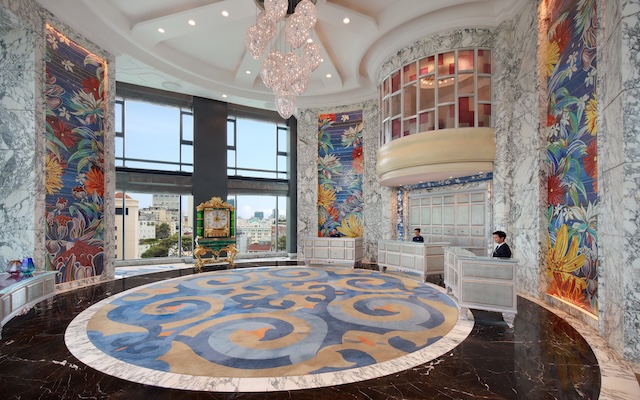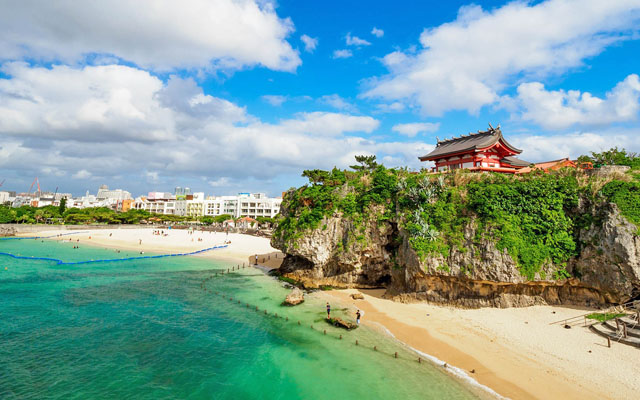A wider range of accommodation options in Singapore, with the opening of more high-end, boutique and building-converted hotels, will complement the city’s many new attractions and developments in the coming year and its long-term tourism plans.
Jesper Palmqvist, regional vice president Asia-Pacific, STR, predicts this will mean “an increase in arrivals of all segments, both across short and longer length of stay” for hotels.

Singapore ended 2024 with 447 properties totalling 79,648 keys, and 647 keys will be added in 2025 – more in the upper upscale and luxury class including the second Raffles Hotel in Sentosa and the first Banyan Tree in Singapore, Eco-Resort Mandai Rainforest Resort.
Palmqvist added: “There are also movements both in increased boutique hotels which we expect to continue in the years to come as it was a gap in Singapore, and there are owners looking to convert buildings to hotels in the years to come as well.”
This, coupled with the long-term planning by the authorities and the Singapore Tourism Board (STB), he opined, will make Singapore even more attractive.
Palmqvist continued: “For hotels this means an increase in arrivals of all segments, both across short and longer length of stay. The difference these days is that as Singapore continues to ‘mature’ as a hotel destination, it means those not refurbished and catering for source markets that exist less these days have a higher risk of falling behind.
“This maturity is also displayed in terms of new brands, a better variety in hotel type/class and hotels being more geographically spread across the island.
“Sustainability is increasingly important and implementing it in both structural and operational areas will be important moving forward.”
STR was updating its quarterly forecast at press time. According to its August outlook, positive average daily rate (ADR) growth is expected, though smaller than in 2024, with a +1.9 per cent increase in occupancy and a +1.2 per cent increase in ADR.
“Our initial observations were slightly less occupancy growth +1.5 per cent, but stronger ADR growth up towards +3 per cent. At the moment we might soften that in light of recent indications, ending potentially up somewhere closer to two per cent – to be decided,” he told TTG Asia.
STR, in general, is looking at low single-digit growth in both occupancy and ADR for 2025, which means “putting pressure on flow-through since hotel cost basis, particularly labour, which continues to grow for a number of reasons like inflation, the challenge to source for staff with strict Ministry of Manpower regulations, etc”.
On the outlook for 2025, Palmqvist remarked that demand and occupancy are still expected to grow, but at a much slower pace. The final few percentage points to reach 2019 levels were always going to take time.
Now, he noted, the focus has shifted to a new perspective, with a slightly different source market and airlift platform.
He opined that Singapore remains well-positioned to attract future arrivals across corporate, leisure, and business events, thanks to the investments, branding, and long-term planning put in place by STB leadership.
Palmqvist summarised: “Rates have overall plateaued as contributing factors have played out their part and many hoteliers now look at opportunities around yield and cost management and compression periods and low season capturing, rather than a general uplift.
“At the same time, if inflation and interest rates soften, we would expect to see a smaller increase in ADR. In addition, the city is past the main delivery of new rooms, so we expect less impact of new rooms for a while now in Singapore.”
In conclusion, STR believes that profitability will remain one of the most influential factors in 2025, just as it was in 2024.

















